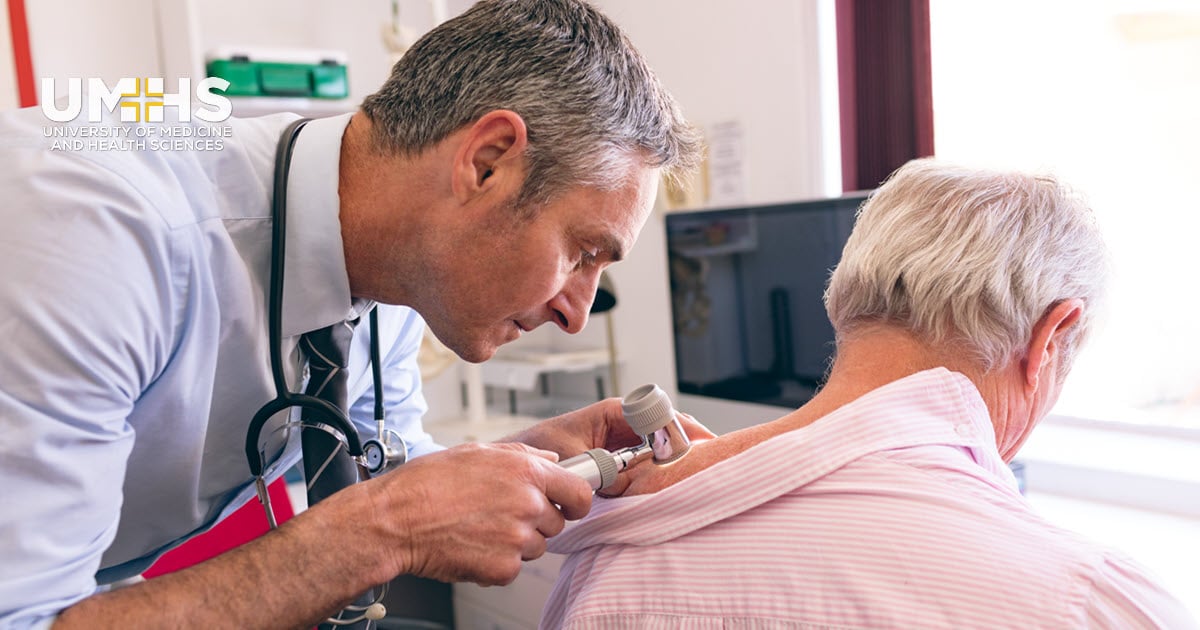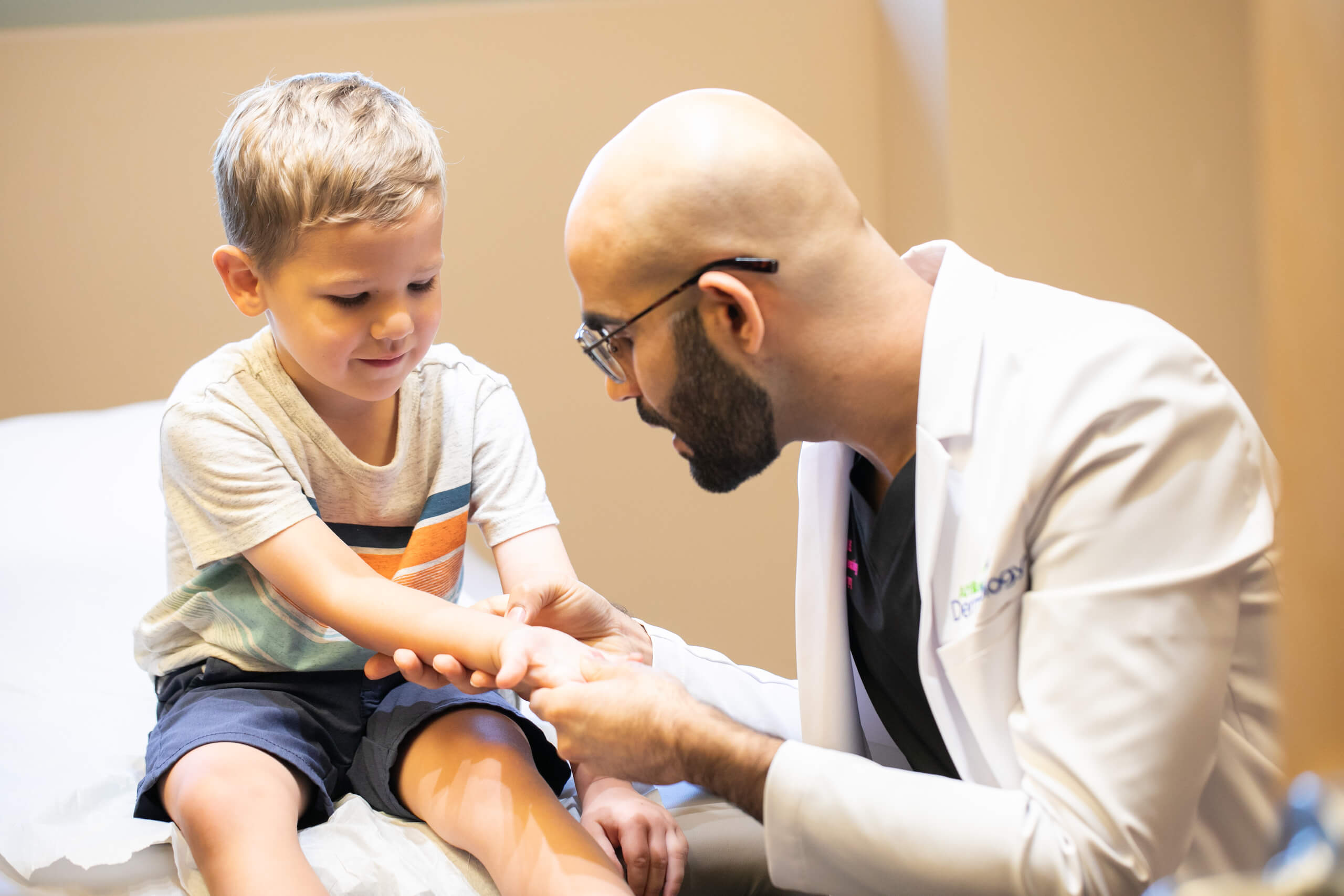Address your hair loss by visiting a professional hair care expert.
Address your hair loss by visiting a professional hair care expert.
Blog Article
Navigating Skin Cancer Therapy: The Important Function of Mohs in Modern Dermatology Practices
Skin cancer cells, a daunting diagnosis, often leaves clients coming to grips with various therapy choices. Amongst these, Mohs surgical treatment stands as a sign in modern dermatology, renowned for its thorough technique to cancer elimination and preservation of bordering healthy and balanced tissue. This cutting-edge technique promises not just exceptional cosmetic outcomes but likewise provides instant results, alleviating patient anxiety. As we explore the details of this treatment, one will certainly value its essential role in skin cancer treatment.
Understanding Skin Cancer: Types and Risks
Skin cancer cells, a possibly dangerous malady, is even more widespread than lots of individuals recognize. This condition, triggered by the unrestrained growth of unusual skin cells, primarily results from DNA damages due to direct exposure to the sun and ultraviolet (UV) light. There are three primary sorts of skin cancer cells: Basal cell carcinoma, Squamous cell carcinoma, and Melanoma. While the previous 2 are less lethal and compose the majority of identified situations, cancer malignancy is the most dangerous. It represents only about 1% of skin cancer cells cases but creates the huge majority of skin cancer cells deaths - mohs surgery. Risk factors consist of reasonable skin, history of sunburn, excessive sunlight direct exposure, living at high elevations or near to the equator, having several moles, a family history of skin cancer, and weakened immune system.
What Is Mohs Surgical treatment and How It's Transforming Skin Cancer Therapy
Despite the various therapies currently readily available for skin cancer, Mohs surgical procedure sticks out as a groundbreaking and highly reliable solution. Called after Frederic E. Mohs, the physician that developed the procedure, Mohs surgical procedure is an accurate medical technique made use of to treat skin cancer. Throughout the procedure, thin layers of cancer-containing skin are considerably removed and taken a look at until only cancer-free cells continues to be. This method permits the surgeon to confirm that all cancer cells have actually been eliminated at the time of my website surgical treatment. This degree of precision, integrated with the capacity to save as much healthy tissue as feasible, is revolutionizing skin cancer therapy. As a result, Mohs surgery has come to be a keystone of modern dermatology methods.
The Benefits of Mohs Surgical Procedure Over Traditional Skin Cancer Treatments
Building on the cutting-edge nature of Mohs surgery, it's vital to consider its many benefits over conventional skin cancer cells therapies. Unlike conventional treatments, Mohs offers a higher treatment rate, typically getting to 99% for first-time treatments and 94% for recurring cancers. Furthermore, it decreases damage to healthy skin, leading to less scarring and enhanced aesthetic outcomes.
The Procedure of Mohs Surgical Treatment: What to Anticipate Throughout the Process

Possible Adverse Effects and Post-Operative Care of Mohs Surgical Procedure
Going through Mohs surgical procedure, like any various other procedure, entails potential adverse effects that patients must understand. Typical adverse effects include pain, wounding, and swelling at the surgical treatment website. These are usually temporary and manageable with non-prescription discomfort medicine and ice packs. In uncommon cases, clients might experience infection, blood loss, or an allergy to the regional anesthetic. Post-operative treatment is essential to healing news and decreasing side effects. This generally includes maintaining the injury tidy and completely dry, taking recommended drugs, and staying clear of laborious tasks. People should also attend all follow-up appointments for wound care and monitoring. Sometimes, extra treatments may be required to guarantee total removal of the cancerous cells. Sticking to these post-operative care guidelines can significantly improve healing and outcomes.
Conclusion

Report this page